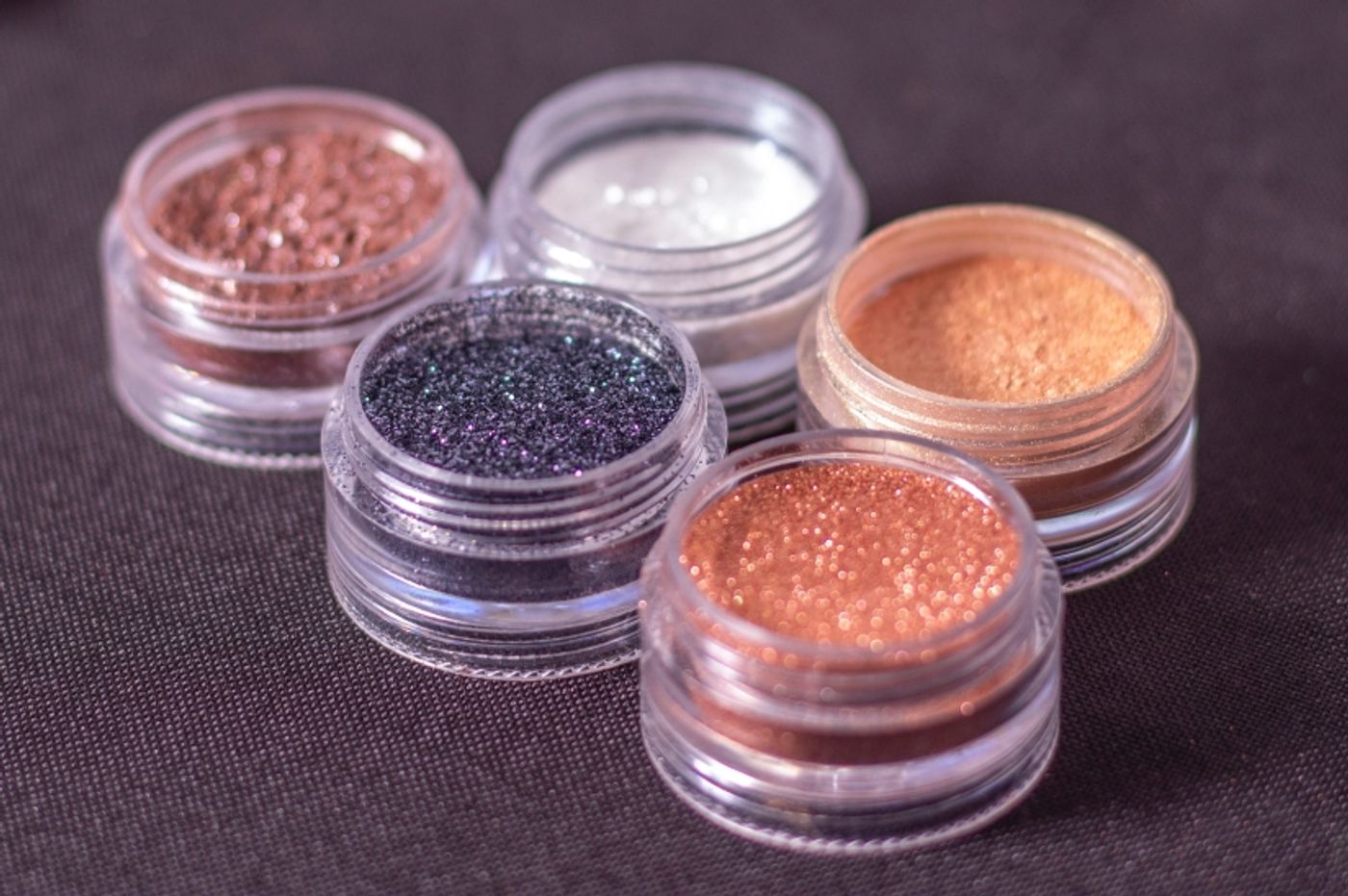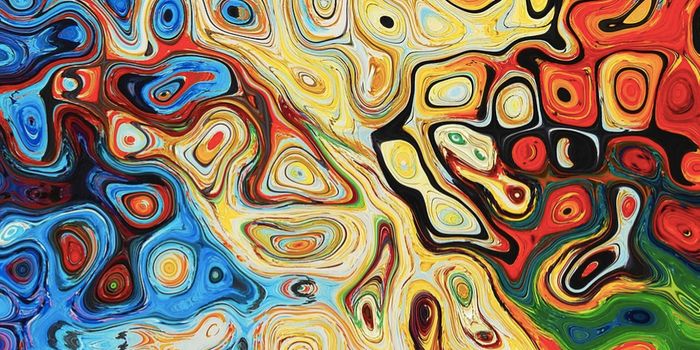Glitter is a Microplastic and Bad for the Environment
You’ve probably heard of microplastics by now—microscopic plastic debris that has littered the ocean, infiltrated aquatic food chains, and even reached human food and water supplies. They’ve been documented in water samples from the Challenger Deep, the world’s deepest point in the western Pacific Ocean. It’s also highly likely that you’ve ingested microplastics from food or water or inhaled some from the air.
Unfortunately for crafters and cosmetic enthusiasts alike, glitter is also a microplastic and is considered hazardous to the environment. Similar to microbeads within cosmetic products, which now have been banned in several nations, glitter particles wash down the drain and are tiny enough to pass through water filtration systems. Once they enter aquatic environments, they are eaten by plankton and consequently larger animals up the food chain.
In addition, plastic glitter is made from PET—polyethylene terephthalate. While generally considered safe, research has shown that PET can break down in certain circumstances and release hormone-disrupting chemicals. Scientists also warn of the danger of glitter inhalation and the eye damage it can produce.
Environmental campaigners and scientists in the United Kingdom have been attempting to get glitter banned for a few years. Trisia Farrelly, an environmental anthropologist, believes that while consumers can choose to purchase environmentally-friendly products, “producers need to be responsible…they need to use safer, non-toxic, durable alternatives,” as she stated to The Independent in 2017.
A recent petition launched by environmental group, 38 Degrees, is bringing attention to the issue once again. The petition urges the UK’s secretary of state for the Environment, Michael Gove, to completely ban plastic glitter and luster (a coating used for ceramics). The proposed ban would include cosmetic products in addition to holiday decorations, craft supplies, and more.
Many organizations and retailers are getting ahead of the ban and taking action. In 2018, more than 60 music festivals banned attendees from wearing glitter. Retailers such as Lush and Asos replaced glitter with natural ingredients. Grocery stores such as Aldi and Waitrose have committed to removing glitter and products containing glitter from their shelves. Just last week, a Scottish primary school became the first in the nation to ban glitter in favor of eco-friendly alternatives.
Sources: The Insider, Independent









